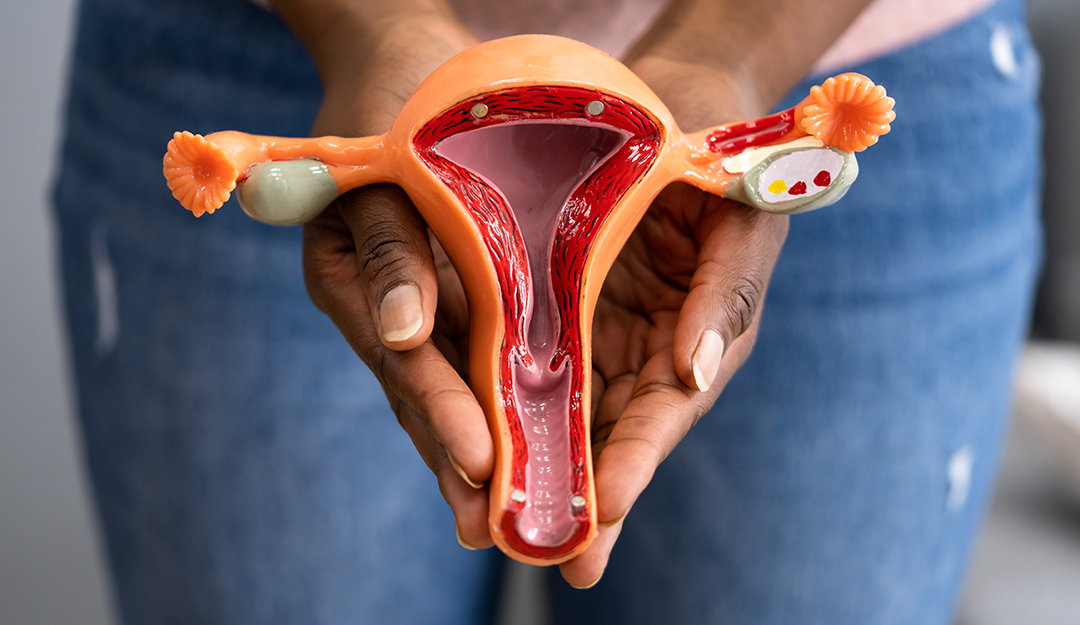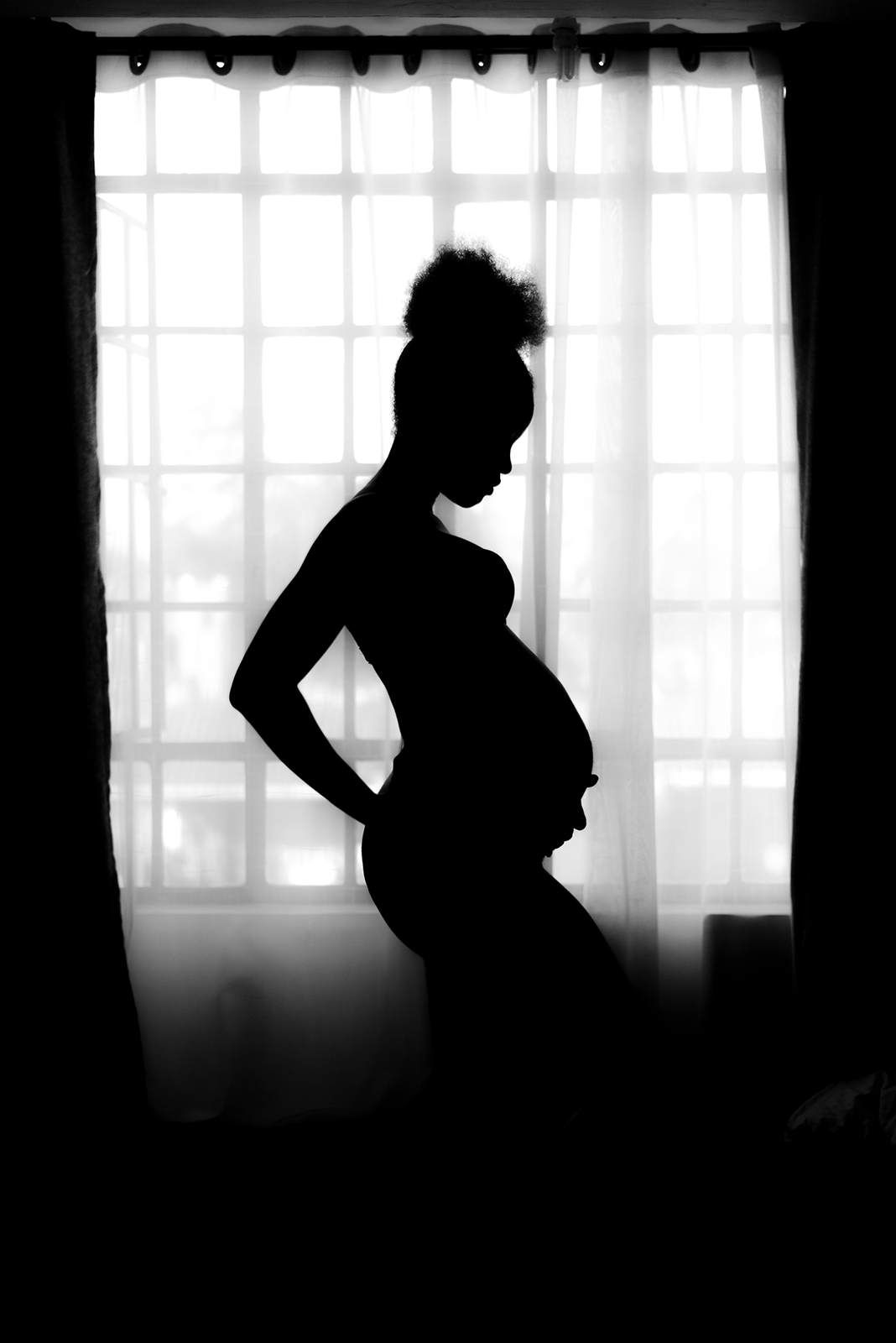-This blog post is dedicated to survivors facing one of the many disparities in cancer survivorship – uterine injury after radiation therapy.
Cancer therapies have significantly improved over the last several decades with 5-year survival rates of up to 84% in children and young adult survivors. As survivors live longer, up to 75% will, unfortunately, experience the long-term adverse effects, or “late effects”, of cancer therapy.
The focus of comprehensive cancer care has now expanded to include an emphasis on quality of life in survivorship and many survivors report the ability to raise biological children as an important aspect of survivorship.
Infertility due to ovarian damage from therapy is the most discussed reproductive late effect, affecting up to 12% and 66% of female and male childhood cancer survivors, respectively. Women treated for cancer between the ages of 18 and 39 years are also 38% less likely to conceive than their healthy peers.
Unfortunately, injury to other reproductive organs such as the uterus is under-diagnosed and undertreated in survivorship.
Injury to the uterus can occur as a result of either total body radiation (TBI) or pelvic radiation. Survivors who receive pelvic radiation have an up to 30% risk of uterine injury after therapy; yet, there is very little research being done to identify and treat patients who are at risk.
Conditions treated with TBI include bone marrow transplant therapy for leukemias and lymphomas. Pelvic radiation is used to treat uterine, colorectal, and some soft tissue cancers.
The extent of injury to the uterus depends on the total amount of radiation received. A gray (Gy) is the measurement used to describe radiation therapy. Total radiation doses between 14 and 30 Gy result in scarring of the uterus, reduced blood flow to the pelvic structures, and destruction of the inside lining of the uterus. Injury from high radiation doses is currently believed to be irreversible. Regardless of the dose received, pregnancy outcomes after pelvic and TBI are suboptimal, with an increase in stillbirth, low-birth-weight and premature infants.
Screening for uterine injury is not standardized across cancer centers or by primary care providers who take care of survivors. Recommendations include high-level ultrasound of the uterus for women considering pregnancy and evaluation by a high-risk obstetrician prior to pregnancy. However, more research is needed in this area to determine the best timing, dose, and route of therapies for women receiving TBI and pelvic radiation.
Advocate for yourself by speaking to your physician about whether you are at risk of uterine injury after TBI or pelvic radiation. Although the treatment options after radiation therapy are currently limited, preserving your fertility by freezing eggs prior to treatment, when feasible, and using a gestational carrier to carry your baby to term can help you reach some of your fertility goals.
There are daily advances in research in this field to improve your quality of life in survivorship. Never lose hope.
With warmth and affection,
– Leslie C. Appiah

References:
Children’s Oncology Group Long-term Survivorship Guidelines
Fertility Preservation in Patients with Cancer: ASCO Clinical Practice Guidelines Update
Disparities in Female Pediatric, Adolescent, and Young Adult Oncofertility: A Needs Assessment – Appiah, L et al.
Reproductive Late Effects after Hematopoietic Stem Cell Transplant in Pediatric, Adolescent, and Young Adult Cancer Survivors – Appiah, L et al.
All opinions are my own. This blog is general women’s health information and not medical advice. Consult your physician for care specific to you.



0 Comments